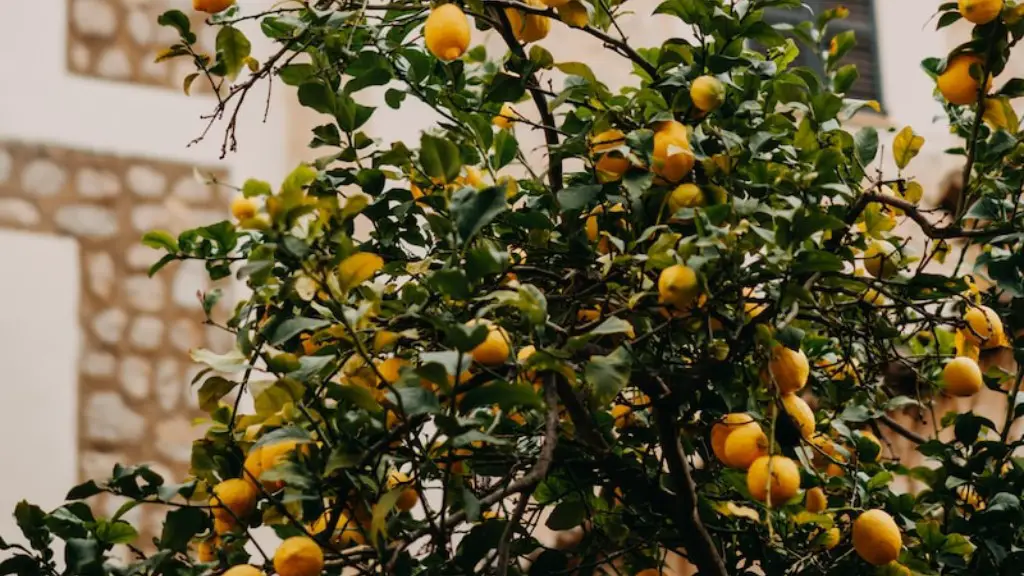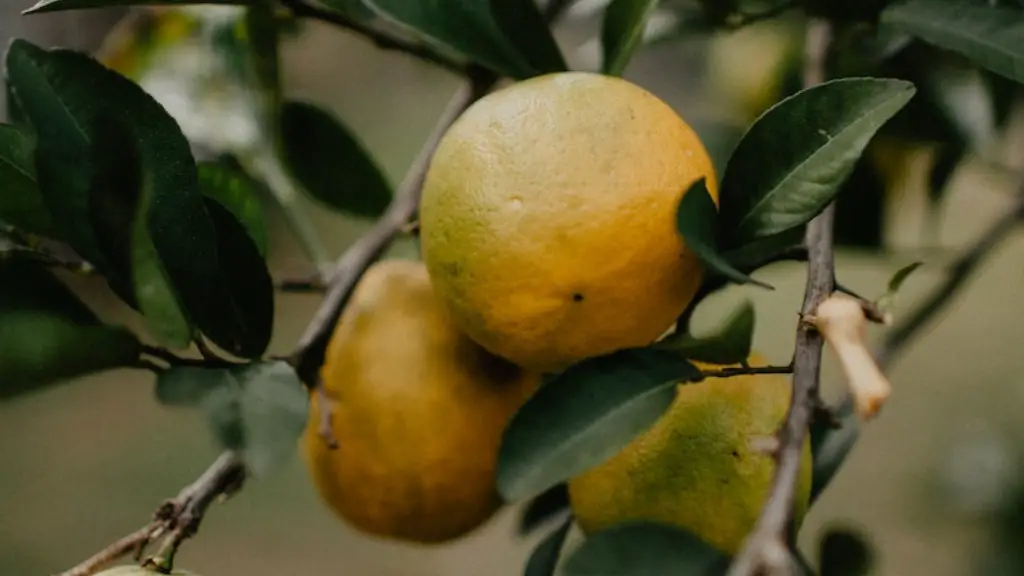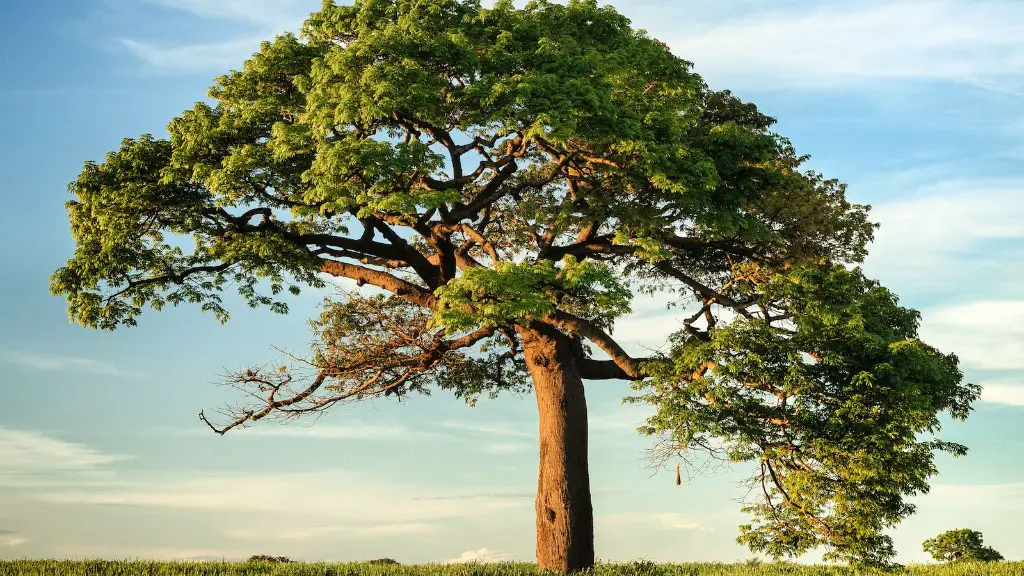Meyer lemon trees are an exotic citrus tree native to China – and they can grow quite large under the right conditions. Meyer lemons have a sweeter taste than other lemons and can be used to make delicious lemonade or added to desserts, salads, and marinades. Cultivators of Meyer lemons need not be concerned with size, as they can be grown indoors in a moderately large pot, or outdoors in a sizable garden. Here’s how big Meyer lemon trees can get.
Small Meyer Lemon Tree
The smallest size Meyer lemon tree is typically about 2 feet in height and width. When this size tree is grown in a pot indoors and receives adequate light, it may produce just a few lemons each year, though these will be sweet and juicy. If it is planted outdoors, it can grow much bigger, reaching up to 10 feet in height.
Medium Meyer Lemon Tree
A medium-sized Meyer lemon tree will generally reach up to 6 to 8 feet in height and width. This type of tree will typically produce more lemons than a small tree, and the fruit can be harvested in late winter or early spring. Indoors, this tree should receive at least 8 hours of sunlight per day, and outdoors should be planted in a partially shaded area with well draining soil.
Large Meyer Lemon Tree
The largest Meyer lemon tree will reach up to 12 feet in height, and may be as wide as 10 feet in width. This size tree can produce up to 100 lemons per year when planted outdoors in a sunny area with well-draining soil. To maximize the size and yield of a Meyer lemon tree, prune the branches regularly to create an open-center structure and use a fertilizer specifically designed for citrus trees.
Fertilizing and Watering Meyer Lemon Tree
Fertilizing and watering are two of the most important tasks in maintaining a Meyer lemon tree. The tree needs a fertilizer that promotes growth and development, but avoid fertilizers with too high a nitrogen content. Water the tree deeply but infrequently – once a week is usually enough – and be sure to check that the soil is moist, but not soggy, before watering.
Pruning Meyer Lemon Tree
Pruning is essential for controlling the size and shape of the Meyer lemon tree. When pruning, it’s important to remove diseased, damaged, and dead branches, as well as any that are growing in the wrong direction. When cutting large branches, always use the three-cut method, which involves cutting one-third of the way through the branch, then cutting one-third of the way up the branch, and then cutting the branch off at the tree collar.
Climate and Pests of Meyer Lemon Tree
Meyer lemon trees are more hardy than other citrus varieties, and can withstand temperatures down to 22 degrees Fahrenheit. However, they need to be protected from winds, as they are susceptible to wind damage. To protect the Meyer lemon tree from pests, check regularly for signs of infestation and treat plants promptly if any pests are found. It’s also important to keep the trees well-watered and provide the tree with the right fertilizer.
Pollination of Meyer Lemon Tree
Meyer lemon trees are self-pollinating, so there is no need to have multiple trees in order for the tree to produce lemons. However, to improve the yield and quality of the lemons, it’s important to hand pollinate the flowers using a small brush or cotton swab. This not only helps the tree to produce more and bigger lemons, but it also increases the overall taste of the lemons.
Harvesting Meyer Lemon Tree
Meyer lemon trees should be harvested when the fruits are still a bit green, as they will lose some of their sweetness as they grow. The fruit can either be plucked directly off the tree by hand, or it can be snipped off with a pair of scissors. To preserve the lemons, they should be kept in a cool, dark, and dry place, and the fruit should be used within a few weeks of harvesting.
Diseases of Meyer Lemon Tree
Meyer lemon trees are relatively resistant to disease, but they can be affected by citrus diseases like black spot and citrus canker. In addition, trees that are stressed due to inadequate watering, insufficient fertilizer, or harsh environmental conditions can be more vulnerable to pests and diseases. To keep the tree healthy, it’s important to inspect regularly for signs of disease or pests and take preventative measures to protect the tree from harm.


